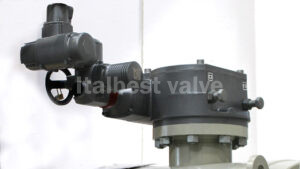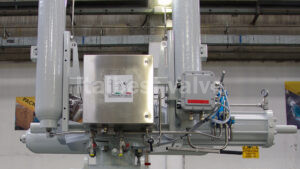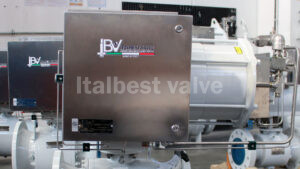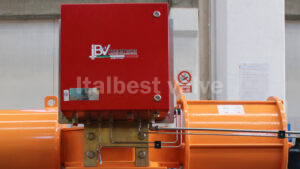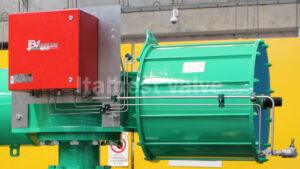Valve actuators are selected based on several factors, including the torque required to operate the valve and the need for automatic actuation.
Actuator types include that of manual handwheel, hand lever, pneumatic electric motor, solenoid, hydraulic piston and automatic actuator. All actuators except the manual handwheel and lever are adaptable to automatic operation.
Actuators are designed according to the torque of the valve, the function in which it will be used, or special requests from the customer.

